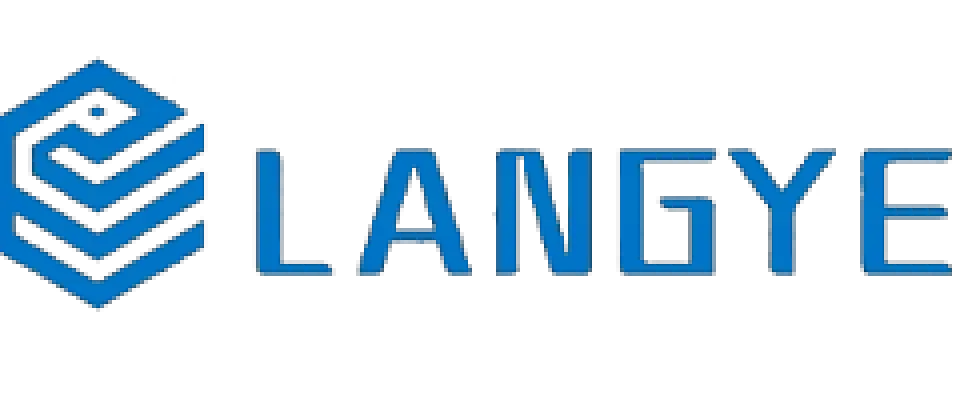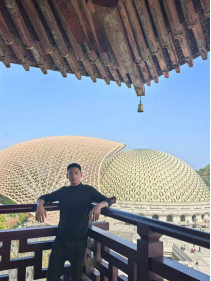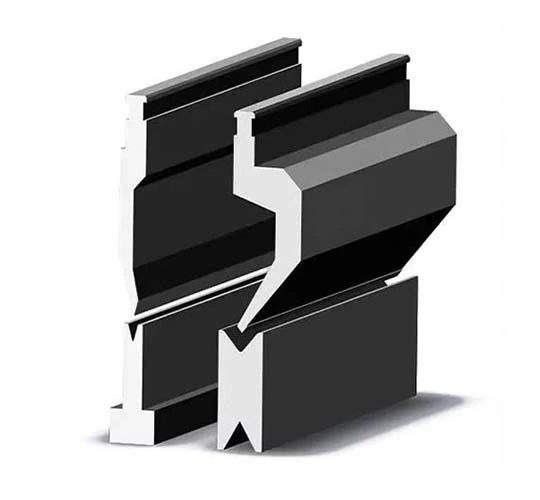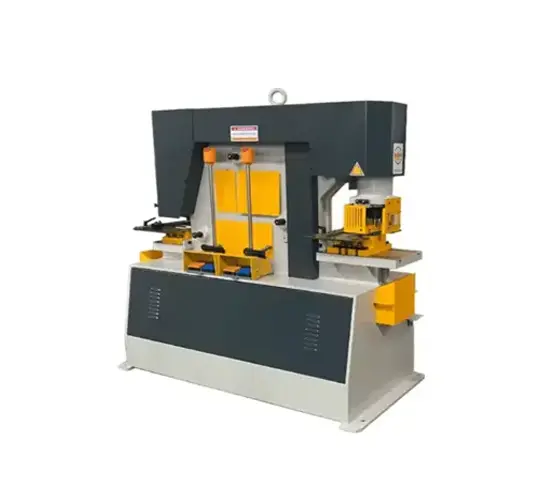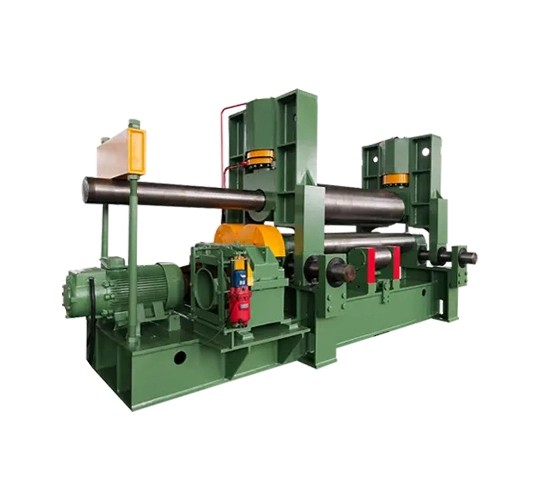Laser cutting provides significant benefits for manufacturers processing technical fabrics, enhancing efficiency and precision in production. This technology is particularly valuable for industries requiring durable textiles, such as military, law enforcement, and outdoor gear manufacturing. By offering simultaneous cutting and sealing, rapid processing of single or multi-layered materials, and high-accuracy cutting, laser cutting meets the demands of rugged applications. This guide explores the benefits, compatible materials, suitability, machine options, and key features of laser cutting systems for technical fabrics, highlighting their role in modern textile manufacturing.
Key Benefits of Laser Cutting
Laser cutting delivers three primary advantages for technical fabric manufacturers. The cut-and-seal process simultaneously trims and seals edges, preventing fraying and reducing lint, which ensures clean and durable finishes. The non-contact cutting method allows for swift and consistent processing of single or multi-layered fabrics, minimizing defects caused by wrinkling or pulling, resulting in high-quality outputs. Additionally, laser cutting systems offer exceptional maneuverability, enabling intricate cuts, perforations, and engravings with pinpoint accuracy. These capabilities make laser cutting an ideal solution for producing items like military gear, law enforcement equipment, tents, and camper awnings, where precision and durability are critical.
Compatible Materials for Laser Cutting
Laser cutting is highly effective for challenging textiles, such as high-strength fabrics, marine-grade materials, leather, and lightweight nylon ripstop. It also excels with lighter materials like polyester, cotton, and fleece, offering consistent and easily replicable results. The precision and versatility of laser cutting systems make them suitable for a wide range of technical fabrics, particularly those designed for demanding environments, ensuring manufacturers can achieve reliable outcomes across diverse applications.
Determining Suitability for Laser Cutting
Laser cutting may not be appropriate for all materials, particularly flammable textiles or those that emit toxic fumes when cut, due to safety concerns. To assess whether laser cutting is suitable for specific manufacturing needs, demonstrations of industrial ceramic core CO2 laser cutting machines can provide valuable insights. These presentations, available in-person or digitally, showcase the technology’s performance on various textiles, including custom materials, allowing manufacturers to evaluate its benefits and address questions in real time. Such evaluations help determine if laser cutting aligns with production goals and material requirements.
Tailored Laser Cutting Solutions
Laser cutting systems are designed to meet diverse manufacturing needs, offering flexibility, customization, ease of use, safety, and durability. These machines cater to industries handling advanced textiles, providing precision and reliability backed by comprehensive support.
Flexible Integration
Lightweight textile laser cutting systems can be mounted on the gantry of static or conveyor cutting tables, enabling seamless transitions between traditional and laser cutting methods. This integration preserves the functionality of marking, labeling, and other tool head options, ensuring versatility without compromising existing workflows. The adaptability of these systems enhances their utility in dynamic production environments.
Customizable Configurations
Laser cutting machines can be tailored to specific facility requirements, with power options ranging from lower to higher wattages. Higher-wattage lasers are suited for cutting thicker materials, while lower-wattage models excel at processing thin fabrics or engraving durable textiles. The systems support operation with compressed air, nitrogen, or CO2, depending on the material and setup. Cutting speeds vary based on material type, thickness, and design files, accommodating a range of production demands. Consumable cutting belt options, such as galvanized steel or wire mesh surfaces, slide easily over the tabletop, and specialists can recommend the optimal surface based on the application, ensuring efficient and precise cutting.
Safe and User-Friendly Operation
Incorporating a laser cutting system into a production line enhances precision without increasing operational complexity. These machines feature fan-cooling systems, eliminating the need for chillers, and are activated via a key switch for secure laser lockout. Multiple fume extraction options capture hazardous fumes and particulates at the source, protecting operators, preventing system damage, and maintaining material quality. As a Class 4 laser product, precautions must be taken to avoid eye and skin exposure to direct or scattered radiation, ensuring safe operation in manufacturing settings.
Durable and Reliable Design
The ceramic core laser tubes in textile laser cutting machines are engineered for longevity, even in demanding cutting room conditions. Supported by extensive industry experience, these systems deliver consistent performance and are accompanied by robust customer support, including test cuts and technical troubleshooting. This durability and expertise ensure manufacturers can rely on their laser cutting solutions for sustained productivity and high-quality results.
Laser cutting transforms the processing of technical fabrics, offering unmatched precision, efficiency, and versatility. By enabling simultaneous cutting and sealing, consistent multi-layer processing, and intricate detailing, this technology meets the needs of industries producing durable goods. Compatible with a wide range of materials and customizable to specific requirements, laser cutting systems provide safe, user-friendly, and long-lasting solutions. Manufacturers seeking to optimize their production of advanced textiles can leverage laser cutting to achieve superior outcomes and maintain a competitive edge.
 English
English 日本語
日本語 한국어
한국어 français
français Deutsch
Deutsch Español
Español русский
русский Türkçe
Türkçe português
português العربية
العربية Polska
Polska हिंदी
हिंदी Indonesia
Indonesia